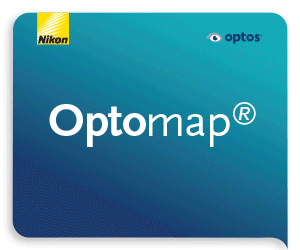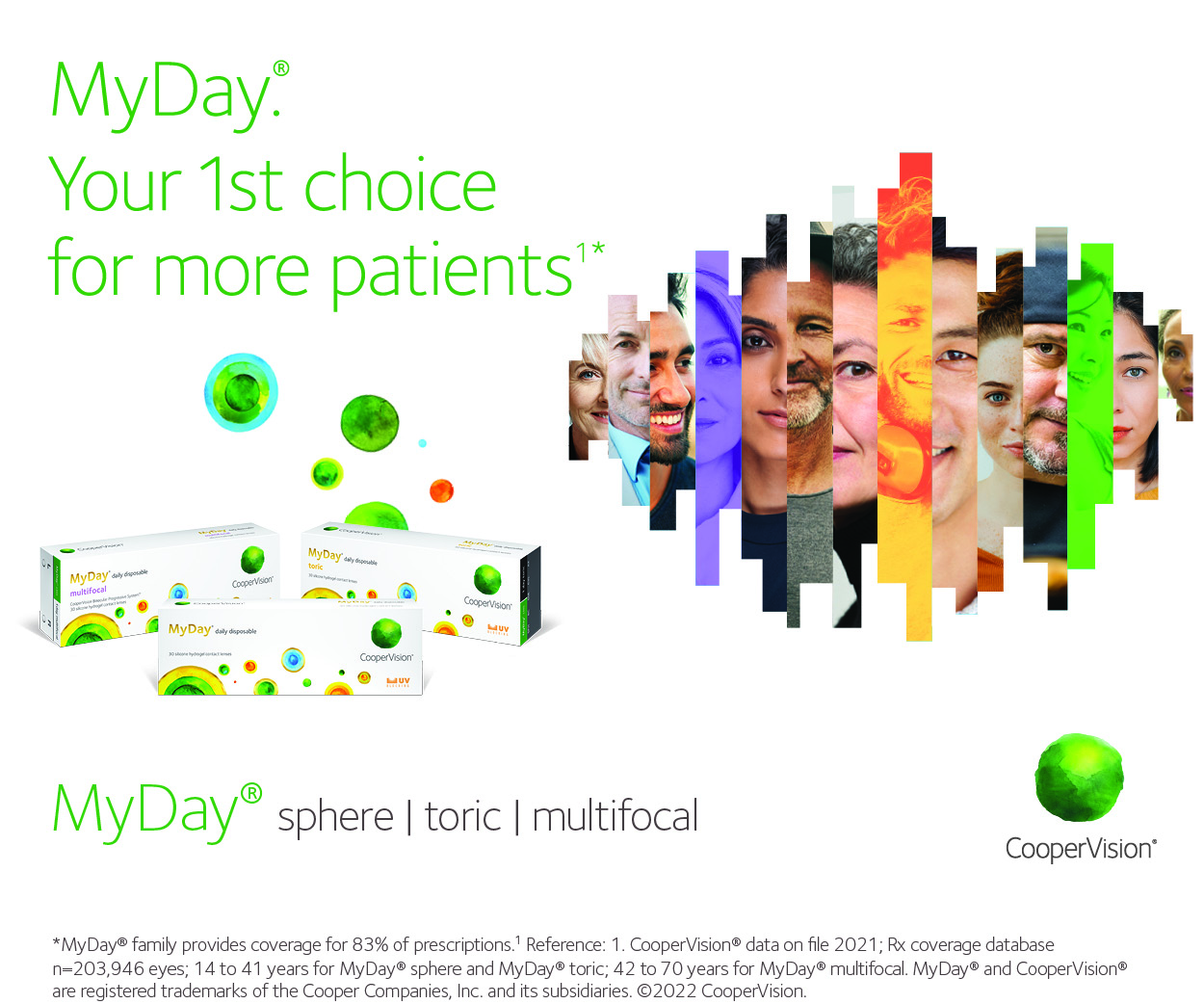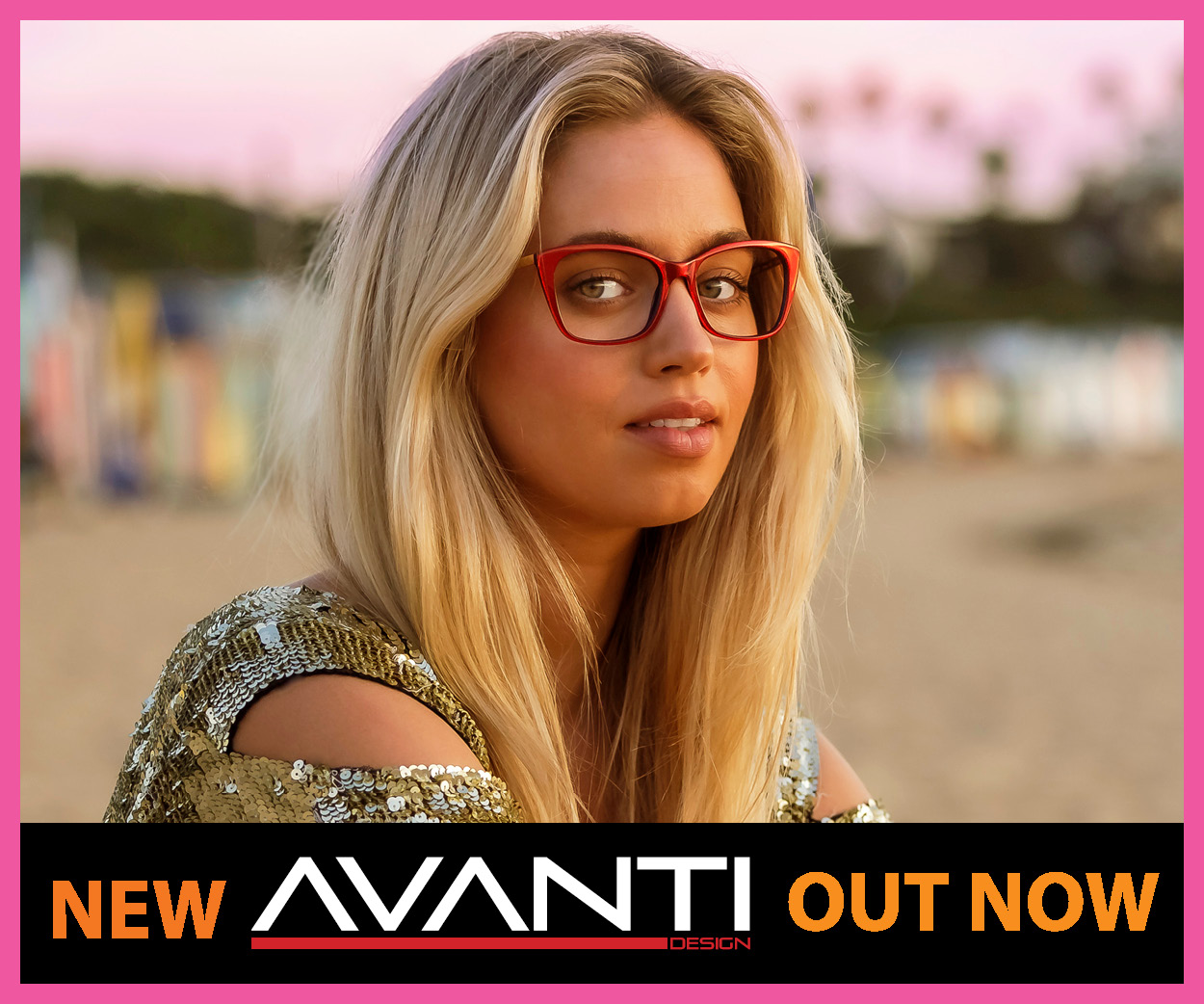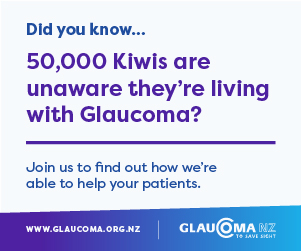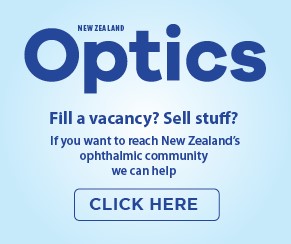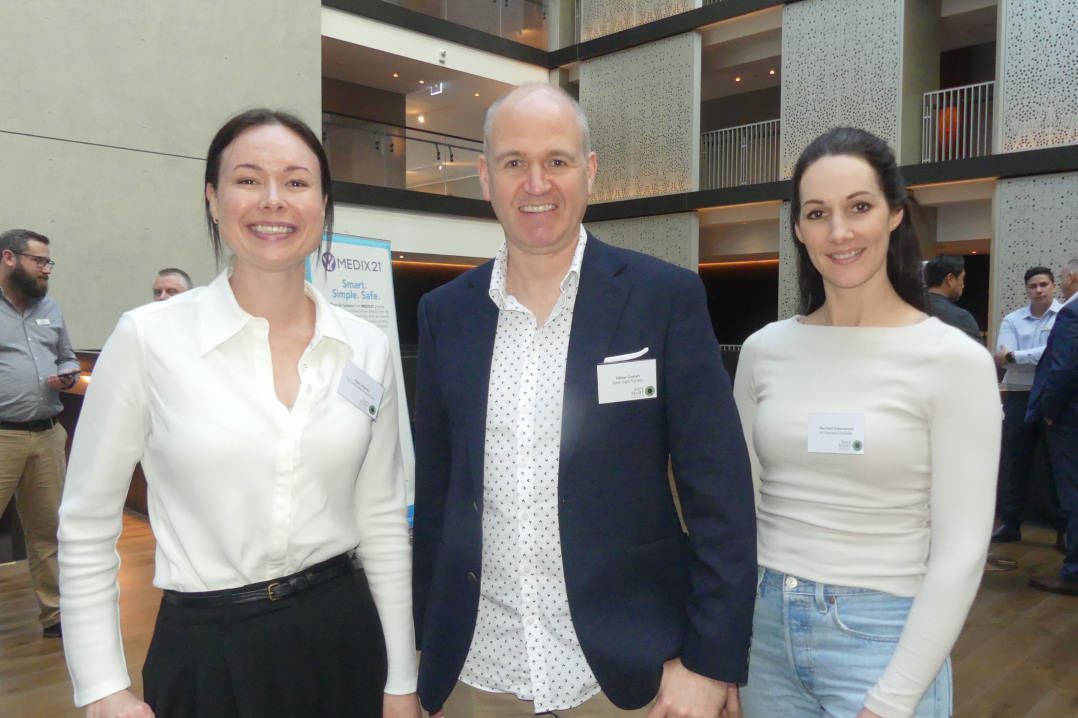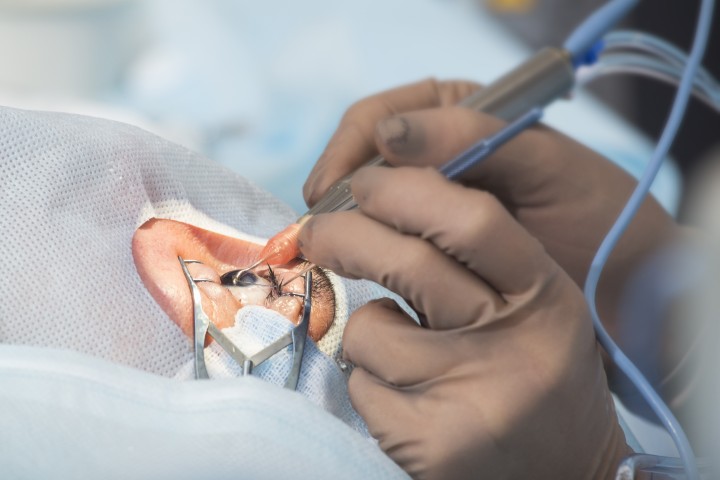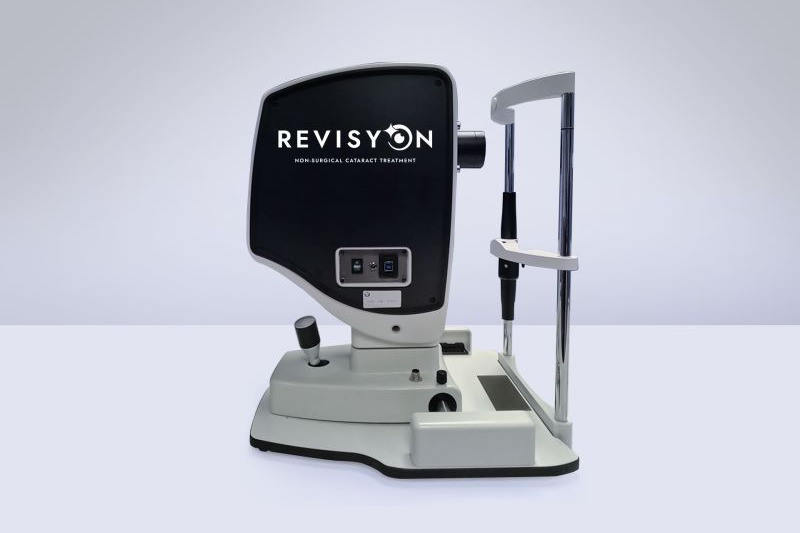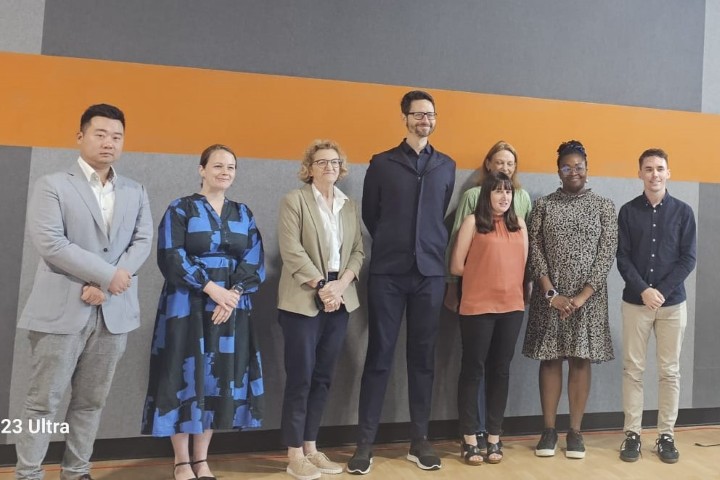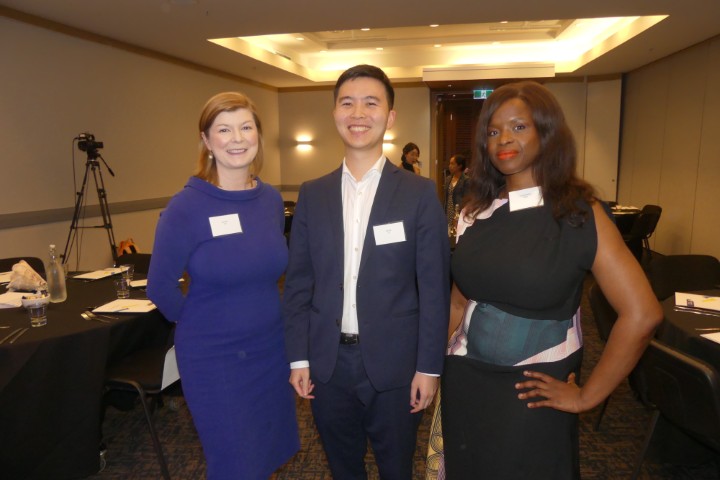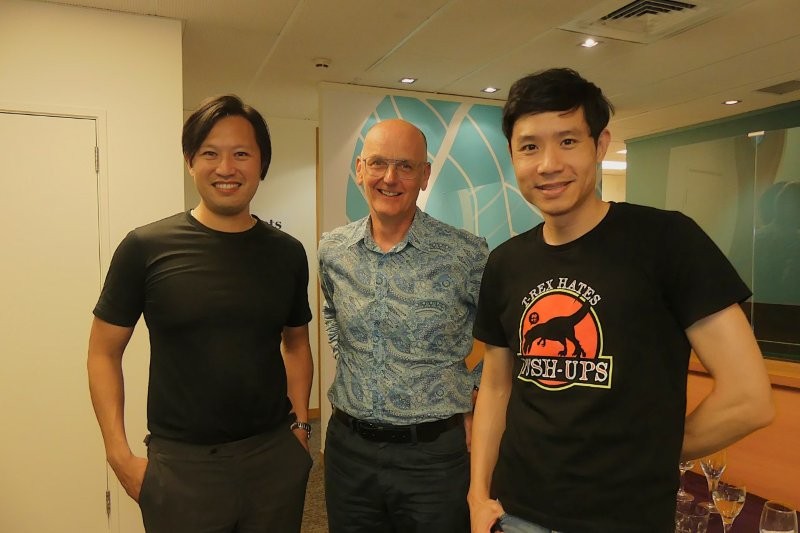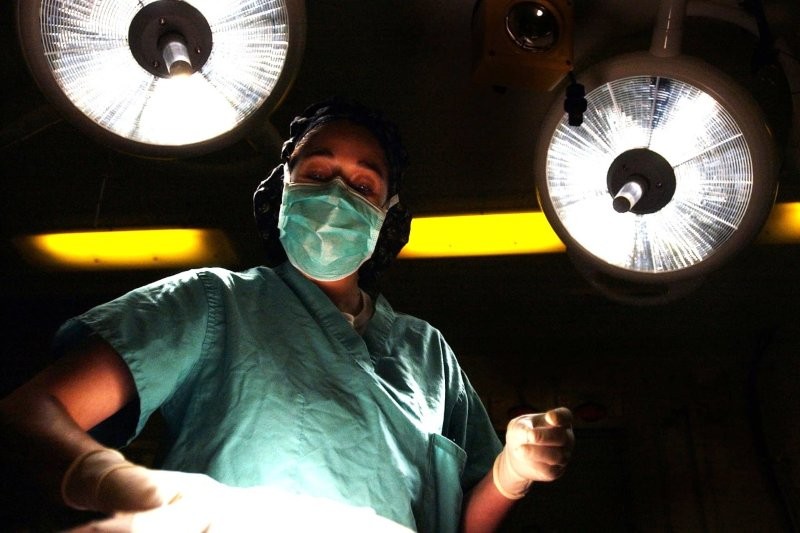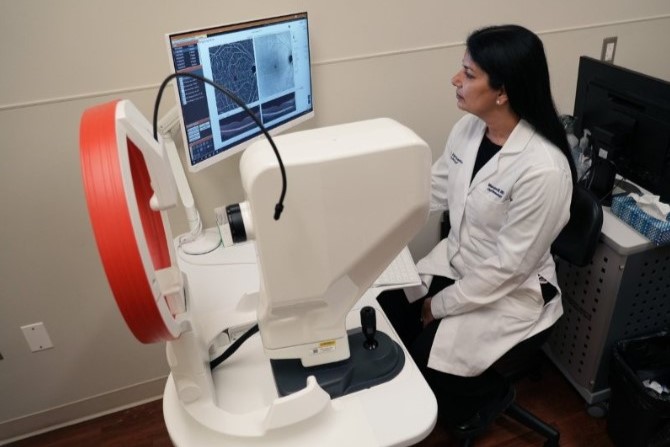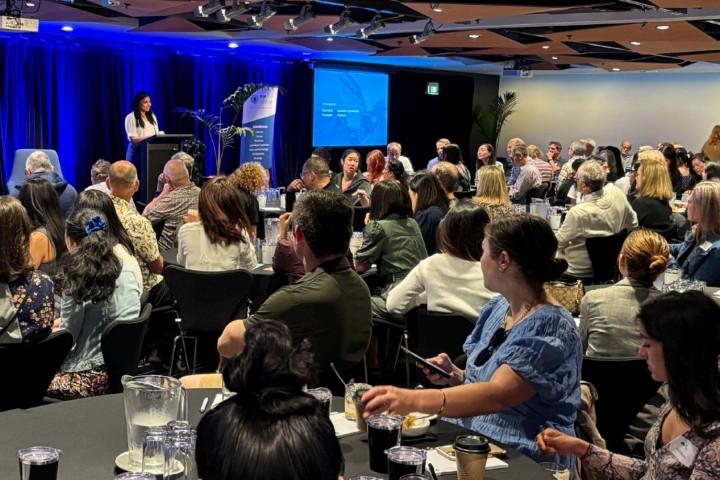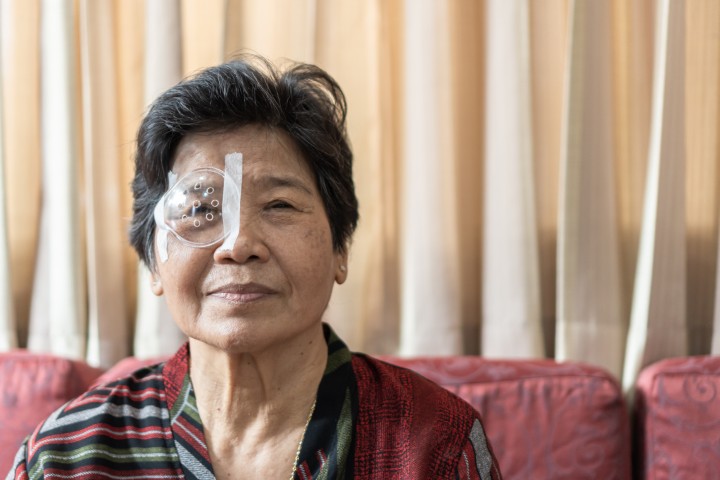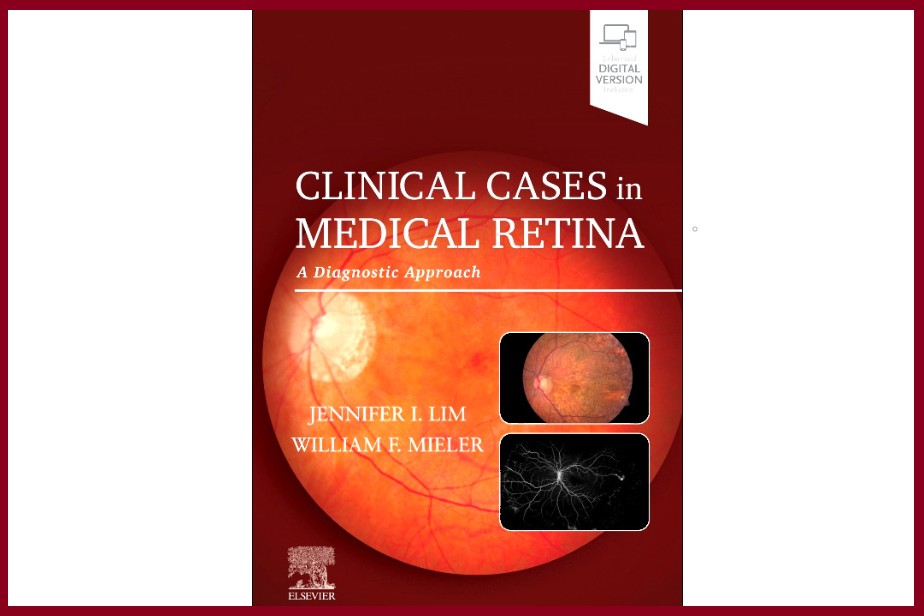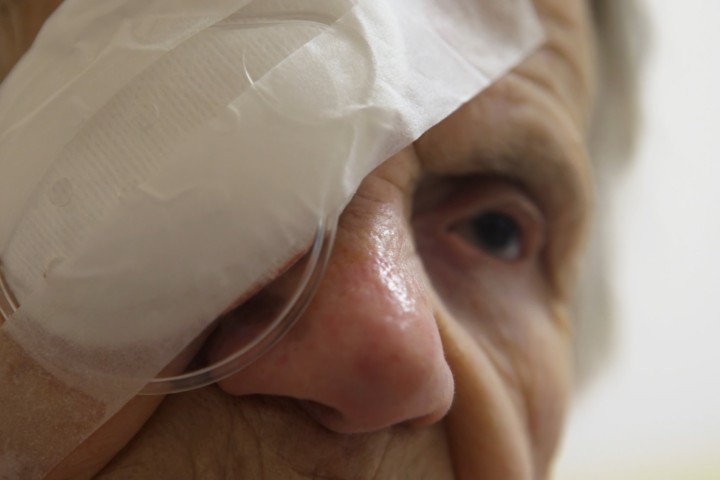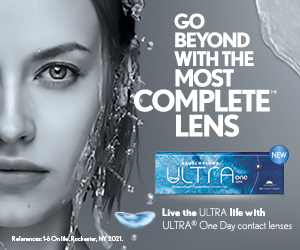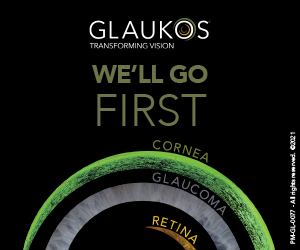Save Sight 2025 Innovations in Eye Health
Clinicians from across New Zealand recently gathered at Park Hyatt Auckland for the 2025 Save Sight Society Conference. Organised by ophthalmologists Drs Sarah Hull and Mo Ziaei, the packed one-day event featured 29 presentations covering the latest in eye research, surgery and care.
Cornea and anterior eye
Hamilton’s Associate Professor James McKelvie opened the day with updates on cataract and corneal surgery. He noted that clinical priority assessment criteria scores still vary regionally and some patients in the public system are waiting more than 12 months for cataract surgery. He presented other countries’ successes in ‘dropless’ cataract surgery, which consists of injecting a low dose of triamcinolone at the end of the operation, avoiding the need for post-op eyedrops. However, he warned that higher doses (40mg) have been linked to an elevated risk of glaucoma-related events. A/Prof McKelvie also spoke about in-office cataract surgery made possible by portable laminar airflow units that transform standard clinic rooms into sterile operating environments.
The University of Auckland’s (UoA’s) ophthalmology fellow Dr Dian Zhuang presented characteristics of iridocorneal endothelial syndrome and Axenfeld-Rieger syndrome (ARS) and how to differentiate them. Her key message: while both conditions feature polycoria, ARS is usually bilateral, commonly presents with posterior embryotoxon and, most importantly, 50% of cases will have glaucoma.
Dr Zhuang’s UoA colleague Dr Zung Mai presented a case study of gonococcal peripheral ulcerative keratitis. The take-home message was to consider gonococcal keratitis in rapidly progressive corneal melts – even in young, sexually active patients with negative systemic findings.
`
TC Chan with Drs Harris Ansari, Josh Read, Zung Mia and Nooramad Abbas Bin Ahmad
Posterior eye and retina
Auckland’s Dr Narme Deva took a memorable approach to explaining diabetic macular oedema and age-related macular degeneration, which she described as “long, tiring wars”, while anti-VEGF therapies are like “soldiers fighting these long battles”. Dr Deva also presented updates on treatments, explaining both Vabysmo (faricimab), which targets not only VEGF but also angiopoietin-2, and Eylea HD (which contains 8mg, a higher dosage than the traditional Eylea, which contains 2mg) offer longer dosing intervals (12 to 16 weeks) than other anti-VEGFs in clinical trials.
UoA ophthalmology training fellow Dr Minal Patil discussed genetic drift and founder effects in Pacific Islands populations. She shared examples of rare inherited retinal diseases, including crystalline retinopathy tied to CYP4V2 mutations and PRPG2-linked rod dysfunction. Her talk underlined the importance of community-specific screening strategies.
Dr Riyaz Bhikoo gave a deep dive into uveal melanoma. He highlighted the use of 15-gene expression profiling PRAME (preferentially expressed antigen in melanoma) testing to improve prognosis accuracy. He also introduced newer treatments, such as AU011 (belzupacap sarotalocan) and tebentafusp, although the latter is not yet available in New Zealand. Liquid biopsies for detecting circulating tumour cells were also discussed.
Ophthalmic plastic surgeon Dr Richard Hart closed the session on oncology with a talk on immunotherapy for periocular malignancies. He shared how immunotherapy drugs like pembrolizumab (Keytruda) offer hope for tumours extending into the orbit, previously considered untreatable without exenteration.
Auckland Eye’s Dr Aaron Wong highlighted selective laser trabeculoplasty (SLT) as a first-line tool for glaucoma treatment that has shown promising results for over six years, reducing the need for trabeculectomy. He introduced direct SLT, a new technology using eye-tracking lasers to deliver treatment without a gonioscopy lens, reducing procedure time to just a few seconds per eye.

Drs Kieran O'Kane, Sarah Hull and Mo Ziaei
Auckland Eye’s Dr Hull then presented cases of Stickler syndrome and familial exudative vitreoretinopathy. One case involved a child with floaters, retinal haemorrhage, a lazy left eye and reduced vision in the right eye. Although born full-term, the child had incomplete peripheral retinal vascularisation – a feature similar to retinopathy of prematurity. The condition was treated with retinal laser therapy to stop leakage and help recover vision. However, molecular diagnosis remains challenging, as only around 50% of cases can be genetically resolved.
A notable case involved a child with two siblings who were born with retinal detachment. After prenatal diagnosis of familial exudative vitreoretinopathy, the child was delivered prematurely at 34 weeks and received laser treatment on day one and bevacizumab by week two. Despite incomplete vascularisation, the retina remained attached and the child is now able to recognise faces and see large letters.
The final presentation came from Renata Watene, a community optometrist who presented her PhD project about examining barriers and enablers for Māori engagement with primary eyecare. Drawing on both global Indigenous models and local experience, her research aims to guide Māori-led strategies for equity in eye health.
The Best Scientific Oral Presentation was awarded to final-year PhD candidate Anmol Sandu. She presented her research about transforming human umbilical vein endothelial cells into corneal endothelial cells, providing a novel cell replacement treatment for conditions such as Fuchs’ dystrophy.

Dr Charisse Kuo is a therapeutically qualified optometrist with a PhD in ophthalmology from the University of Auckland. Her research involves the development of tissue-culture models using donor retinas and choroids to explore neovascular diseases.




